Time Period: Civil War through Reconstruction (1861 - 1874) - Starting with F
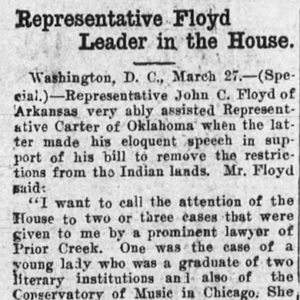 John C. Floyd Article
John C. Floyd Article
 Samuel Fordyce
Samuel Fordyce
 Samuel and Susan Fordyce
Samuel and Susan Fordyce
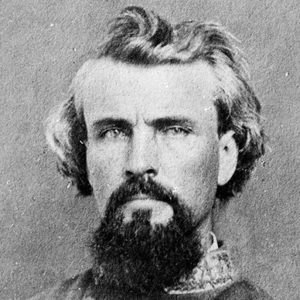 Nathan B. Forrest
Nathan B. Forrest
Forsyth, Missouri, to Batesville, Scout from
Fort Bussey
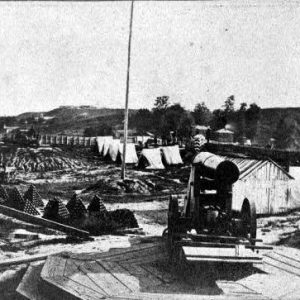 Fort Curtis
Fort Curtis
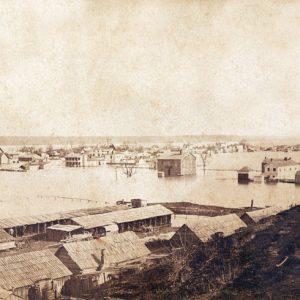 Fort Curtis
Fort Curtis
Fort Curtis
Fort Hindman
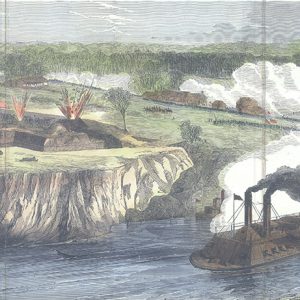 Fort Hindman Attack
Fort Hindman Attack
Fort Lincoln
aka: DeValls Bluff Fortifications
 Fort Pillow, First Position
Fort Pillow, First Position
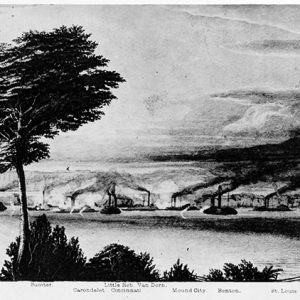 Fort Pillow, Third Position
Fort Pillow, Third Position
 Fort Pinney
Fort Pinney
Fort Pinney to Kimball’s Plantation, Expedition from
Fort Pleasants
aka: Fort Weightman
Fort Smith Conference (1865)
Fort Smith Expedition (November 5–16, 1864)
Fort Smith Expedition (November 5–23, 1864)
Fort Smith Expedition (September 25–October 13, 1864)
Fort Smith, Abandonment of
Fort Smith, Action at
Fort Smith, Affair at
Fort Steele
Forts Lookout and Southerland
aka: Forts Southerland and Lookout
aka: Fort Diamond
Fourth Arkansas Cavalry (US)
Fourth Arkansas Infantry (CS)
Fourth Arkansas Mounted Infantry (US)
Fourth Military District
Franks, William Joseph
Frauenthal, Max
Freedmen’s Bureau
aka: Bureau of Refugees, Freedmen, and Abandoned Lands
Freedmen’s Schools
Freeman, Thomas Roe
Frog Bayou Expedition
Frog Bayou, Skirmish at (March 19, 1863)
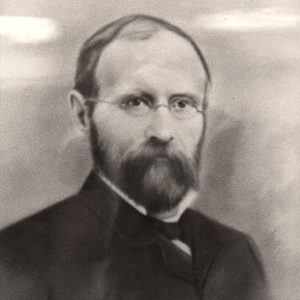 Jacob Frolich
Jacob Frolich
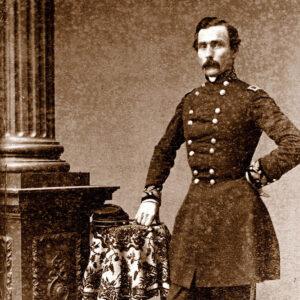 Daniel Marsh Frost
Daniel Marsh Frost
 Furbush Bust
Furbush Bust
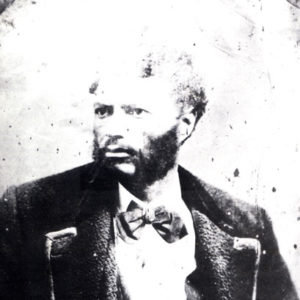 William Furbush
William Furbush
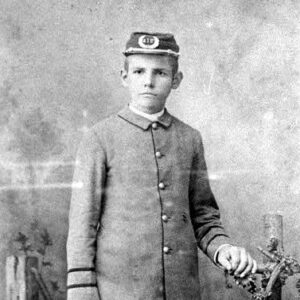 John Futrall
John Futrall




